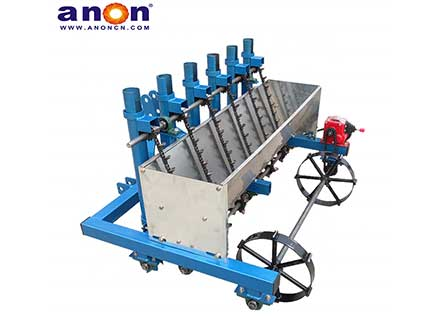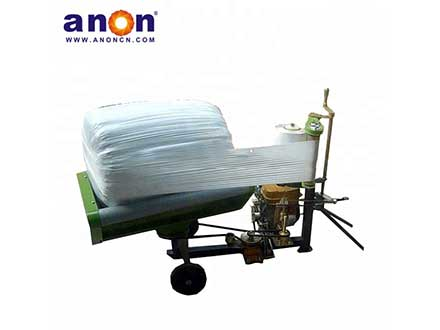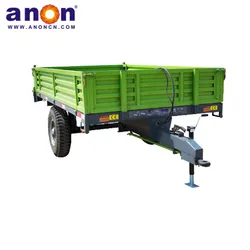Rice is an important part of the dinner table for many households around the world.
Its quality depends on the rice milling techniques used during growing and processing.
The choice of rice milling process has an important impact on the quality, taste and nutritional value of rice.
Below ANON will introduce the different types of rice milling in detail,
And discuss rice milling and related influencing factors.
Types of rice milling process
Rice milling is an important process for processing rice into rice.
It determines the quality and taste of rice.
Around the world, people use different types of rice milling processes to produce different types of rice.
Mainly divided into the following types:
Cold rolling method
Cold milling is a common traditional rice milling method.
In this method, the grains are hulled, selected, and milled directly without being affected by heat treatment.
The cold milling method retains the natural color and nutrients of the rice grains.
However, due to the lack of heat treatment, the rice grains may taste slightly hard.
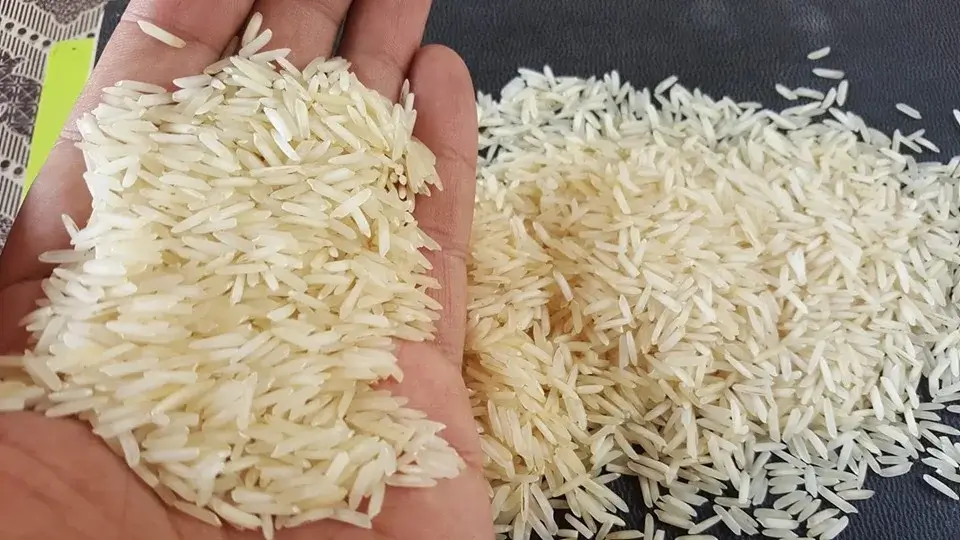
Hot rolling method
Hot milling is a modern rice milling process. Before preliminary milling,
The rice is pretreated by cooking or soaking in water.
In this way, the starch inside the rice can be better dissolved,
The rice grains are stressed during the grinding process.
This process makes the rice grains softer, but may also result in the loss of some nutrients.
fine grinding method
Fine grinding is a special process.
Through repeated grinding and screening processes, the bran on the surface of the rice grains is removed.
Makes the rice whiter. This process is usually used to produce high-grade white rice,
Such as Japanese sushi rice. However, fine grinding may cause some nutrients to be lost,
Because bran bark is rich in protein, fiber and vitamins.
Rice milling and its effects
The rice milling process includes the following key steps:
First, the rice is cleaned and shelled to remove impurities and hulls, leaving the rice germ inside.
Then, the rice enters the rice milling machine for grinding.
In the machine, the mill grinds the paddy into rice grains through a rotating motion.
Different rice milling processes may use different types of mills, such as rolling discs, rolling rollers, etc.
Finally, the rice grains and rice bran are separated through a sieving process.
Sifting removes rice bran, making the rice cleaner.
The rice milling process has a great impact on the quality of rice.
If the rice is not milled enough, some bran chips and impurities will remain in the rice.
Affects the taste and quality of rice.
If it is milled too much, some nutrients will be lost in the rice, affecting the nutritional value of the rice.
Mainly reflected in the following aspects:
Morphological characteristics: Different processes may make rice grains have different shapes, such as size, length, width, etc.
Color: Rice milling will affect the color of the rice grains, which can range from light yellow to pure white.
Taste: Rice milling will determine the softness and taste characteristics of the rice grains, such as softness, glutinousness, and chewiness.
Nutritional value: Different processes may result in the loss or retention of different nutrients, such as vitamins, protein and fiber.
How to grind rice
In addition to the main rice milling types and milling processes mentioned above, there are some other important processes,
The processes involved in rice milling mainly include cleaning, soaking, cooking, grinding, screening, drying and other processes.
Among them, cleaning is to remove impurities, stones and other substances from the rice.
Soaking is to soak the rice in water so that the rice absorbs water and swells.
Steaming is to cook the soaked rice to make it soft and easy to grind.
Milling is the process of grinding the cooked rice into rice.
Sieving is to remove impurities from rice.
Drying is to dry the screened rice so that it maintains a certain moisture content.
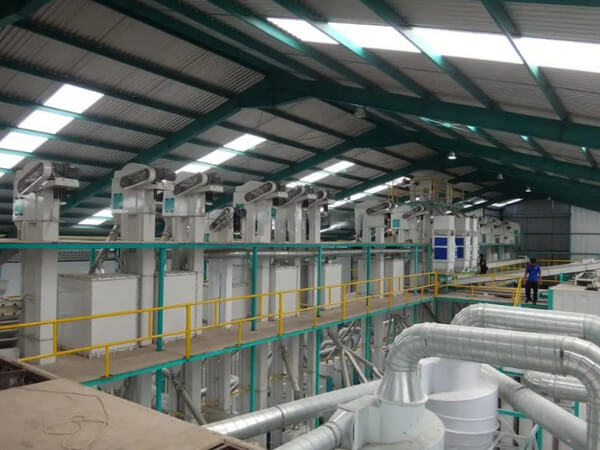
It usually includes the following processes:
Clean and shell
The rice is cleaned to remove impurities and stones, and hulled to preserve the rice germ inside.
grind
The rice enters the rice milling machine for grinding, and the rice is ground into rice grains through the rotating motion of the machine.
Screening
Through the screening process, the rice grains and rice bran are separated and the rice bran is removed, making the rice cleaner.
Selection
Some advanced rice milling processes also include a seed selection step to remove any remaining incomplete or damaged rice grains.
Summarize
To sum up, choosing a suitable rice milling process is crucial to obtaining high-quality, delicious rice.
Each type of rice mill has its own advantages and features, and should be chosen based on needs and personal preferences.
Whether it is the traditional cold rolling method or the modern hot rolling method,
The best processing technology can be formulated according to the needs of customers to purchase products.
Our ANON platform can provide a variety of daily output rice mill equipment, rice mill production lines and group rice mills.
If you need to build a small rice mill production line or a large rice milling processing plant,
We can provide equipment and technical support. Welcome to leave a message for consultation.
I believe we will provide you with a satisfactory solution.


